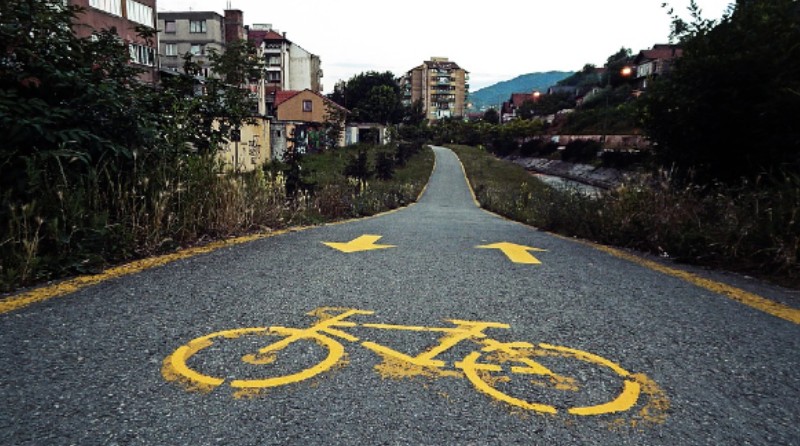New RISM directive will save over 3,000 cyclists’ lives
After two years of active lobbying by the ECF (European Cyclists’ Federation) the revised Directive on Road Infrastructure Safety Management (RISM) has been published in the Official Journal of the European Union, representing a ‘major breakthrough’ for cyclists.
Up until 2019, the Directive has almost exclusively focused on the safety of car occupants, overlooking the needs of other road users such as cyclists and pedestrians. Now, amendments to the Directive include improved planning, design and road management throughout the EU, taking into account all stages of road development and paying more attention to cyclists and pedestrians.
According to research from the European Commission, the proposed measures could save as many as 3,200 lives and prevent more than 20,000 serious injuries between 2020-30.
Aleksander Buczyński, Infrastructure Policy Officer at ECF, said: “From the M5 motorway near Szeged, Hungary through Marynarska interchange in Warsaw, Poland to Marsa-Paola junction in Malta – across the whole EU we have seen many examples of TEN-T road infrastructure projects that create new barriers for cyclists and pedestrians, sometimes even destroying existing cycle routes.
“The updated RISM directive aims to remedy that, obliging Member States to take cyclists’ needs into account on all stages of such projects, from initial planning to periodic inspections of roads in operation.”
EU Member States have two years to integrate the updates into their national regulations, meanwhile the European Commission will develop a set of quality requirements for cycling infrastructure to avoid wasting public funding on cycle paths unfit for purpose.
“2019 has been a crucial year for cyclists’ safety, even beyond the update of the RISM Directive,” added Ceri Woolsgrove, ECF Road Safety Policy Officer. “Former Commissioner for Transport Violeta Bulc committed to reducing by 50% road fatalities and serious injuries by 2030, and her successor Adina Vălean backed that commitment, declaring she will be working on achieving Vision Zero by 2050.
“We have successfully worked on the General Safety Regulation approval, now including Intelligent Speed Assistance for all motor vehicles; autonomous emergency braking to mitigate crashes between cyclists and cars; a blind-spot collision warning system as well as a Direct Vision Standard for trucks. It is policies like these that can hopefully start reducing fatalities and serious injuries on the roads again, as well as attracting more people cycling.”
ECF Advocacy Director Adam Bodor told cycling industry leaders during this year’s Eurobike show that safe infrastructure is essential in creating a ‘cycling environment’ to unlock new sales and encourage more people onto their bikes.
A timeline on how changes have been implemented into the Directive can be found here.



